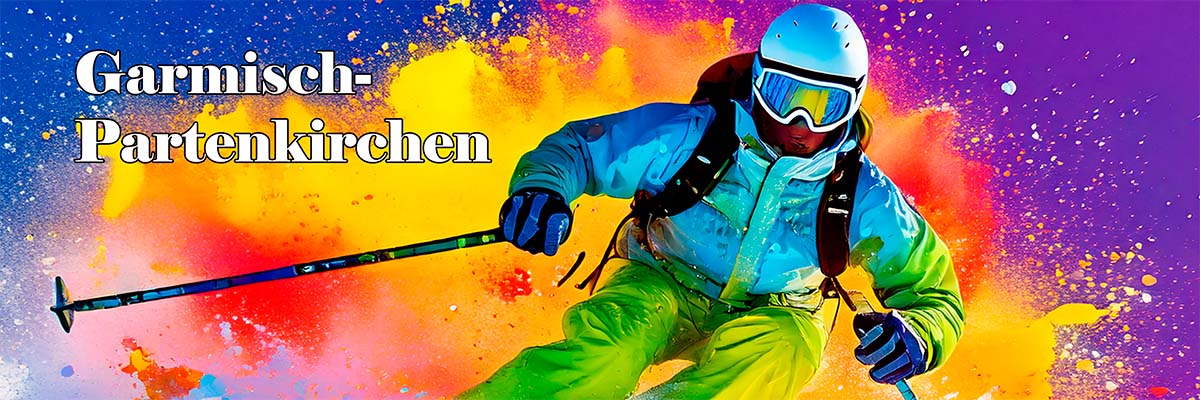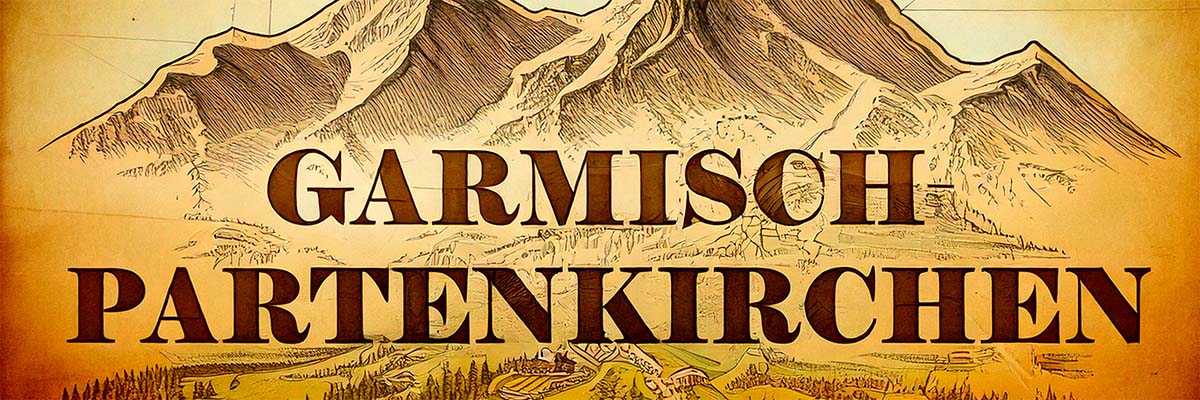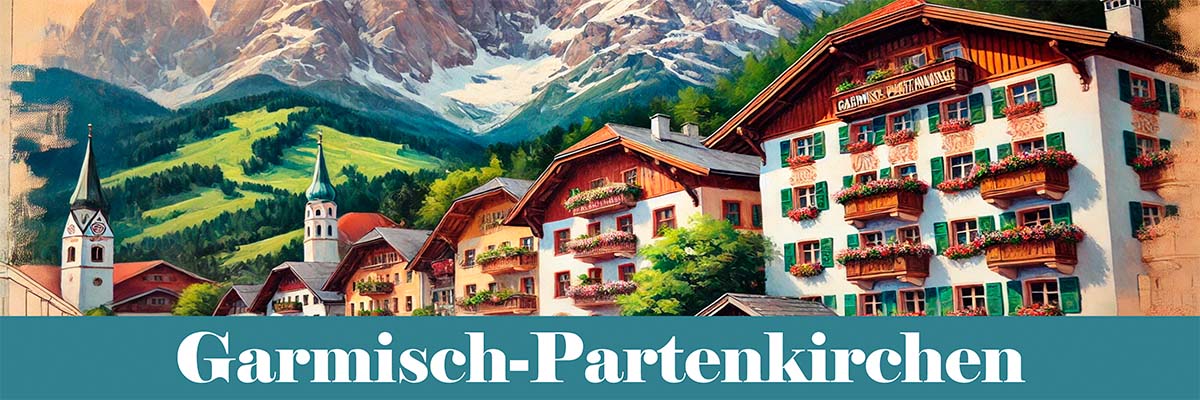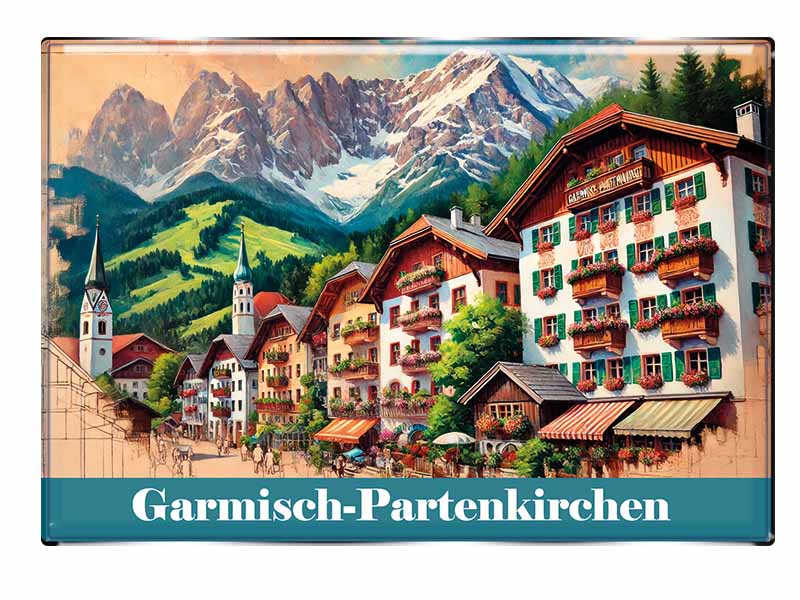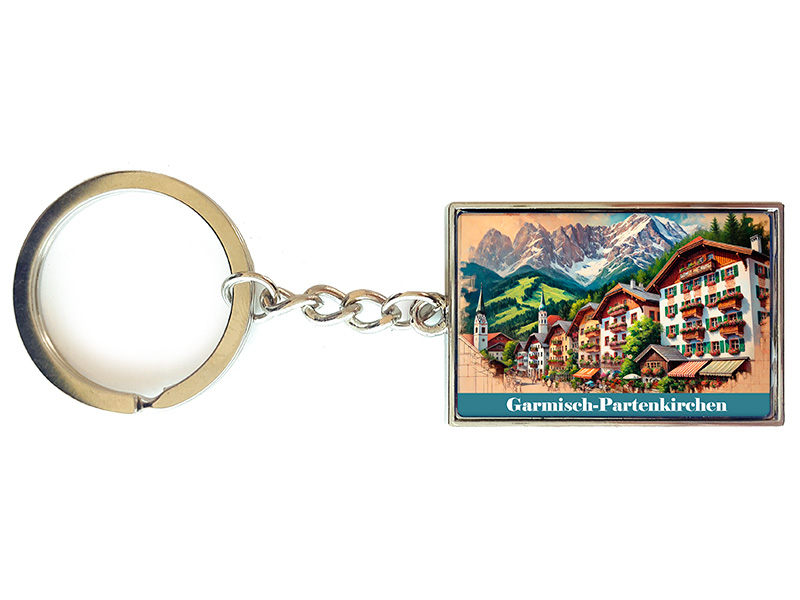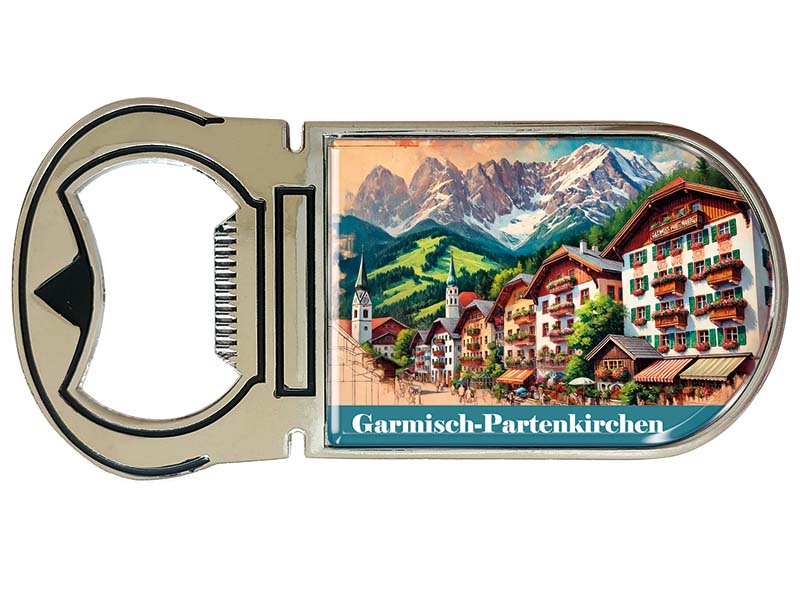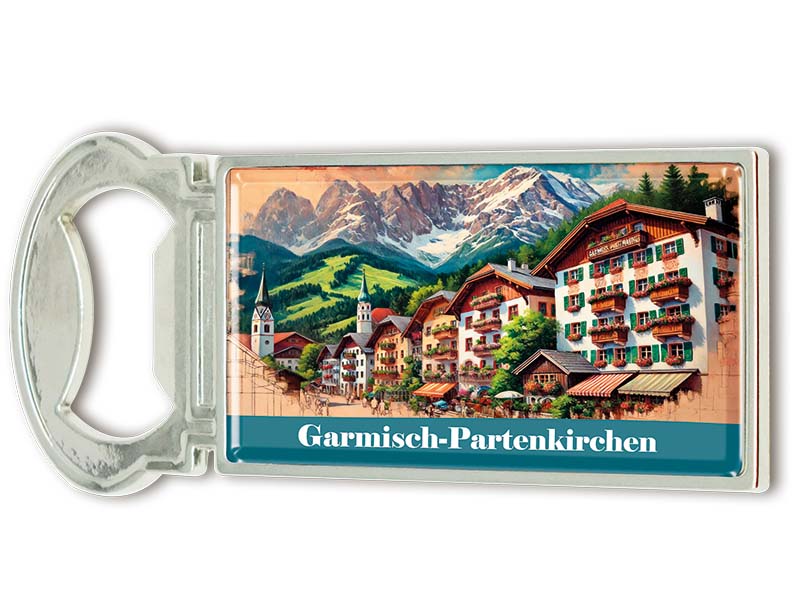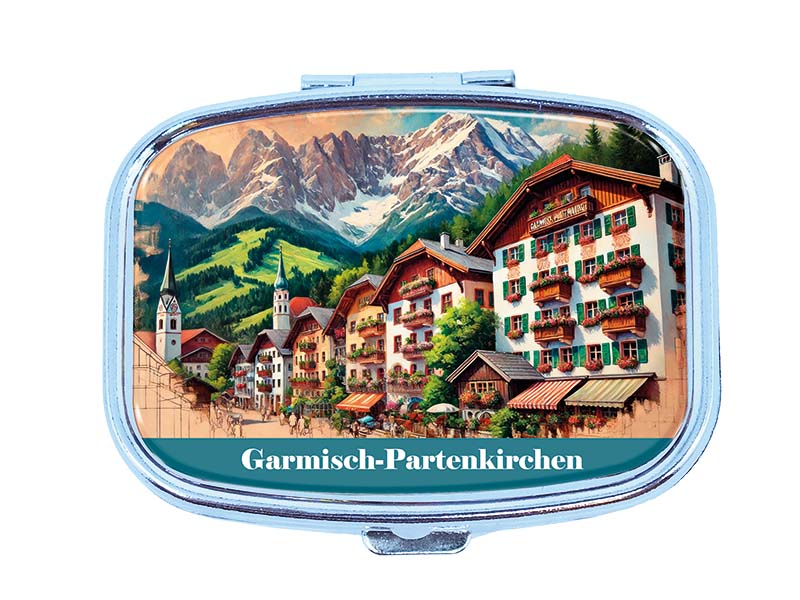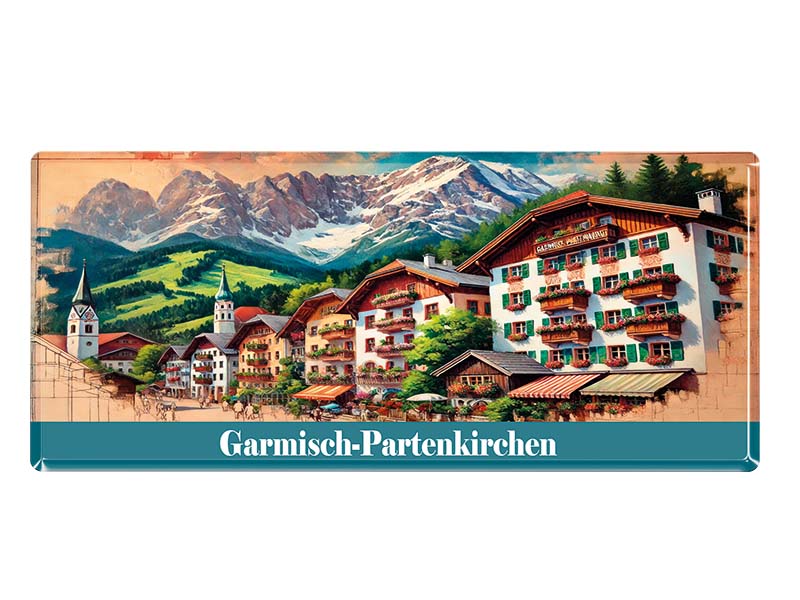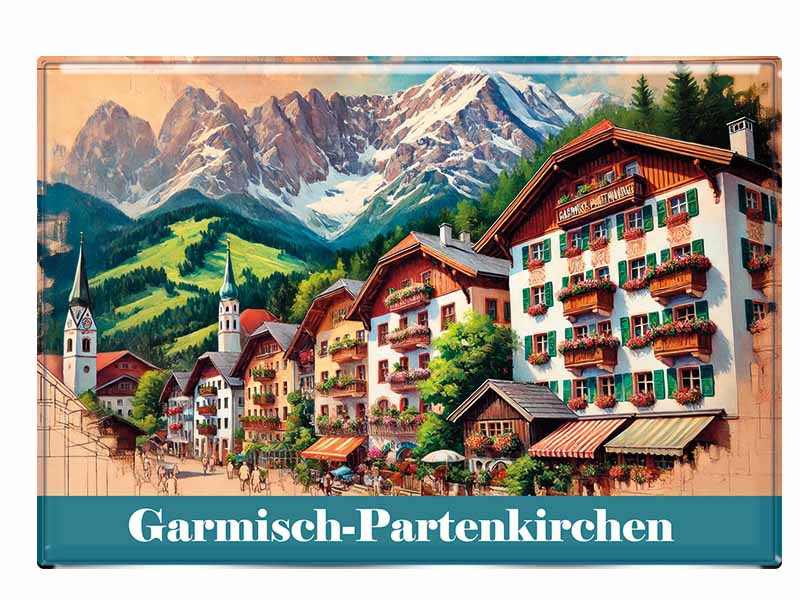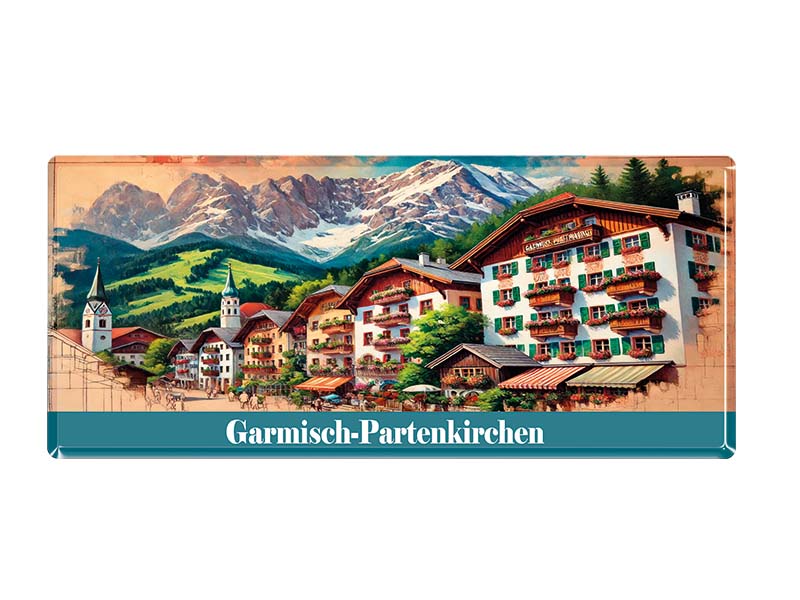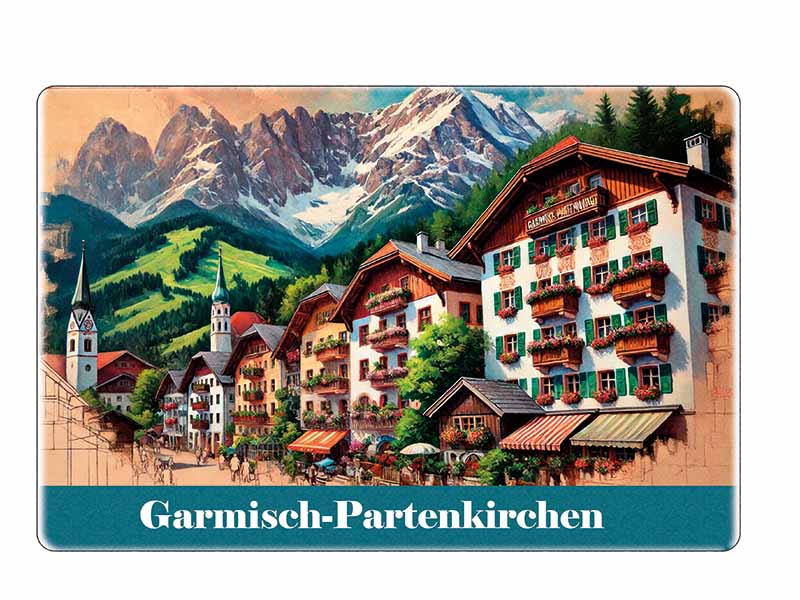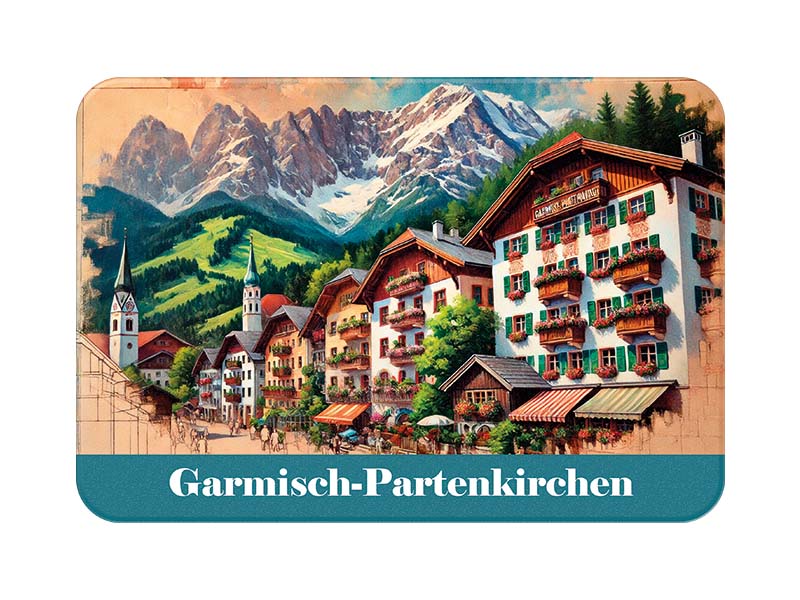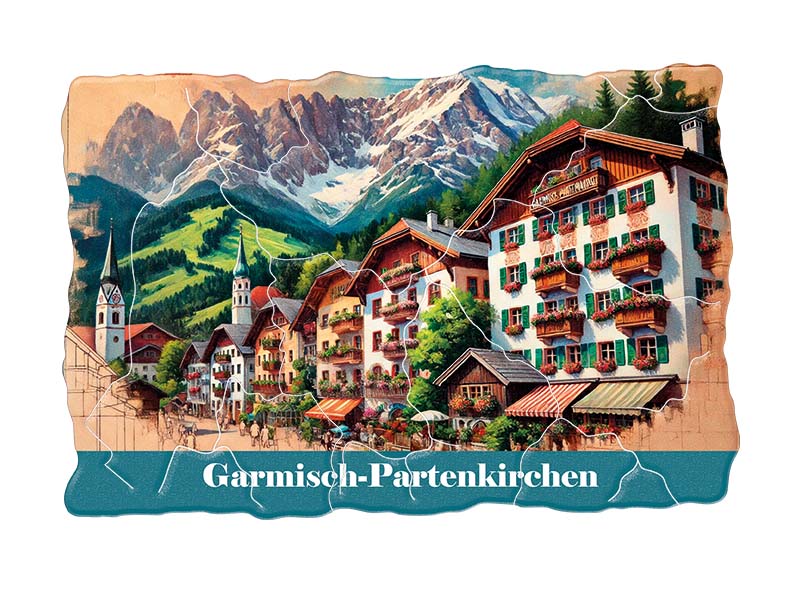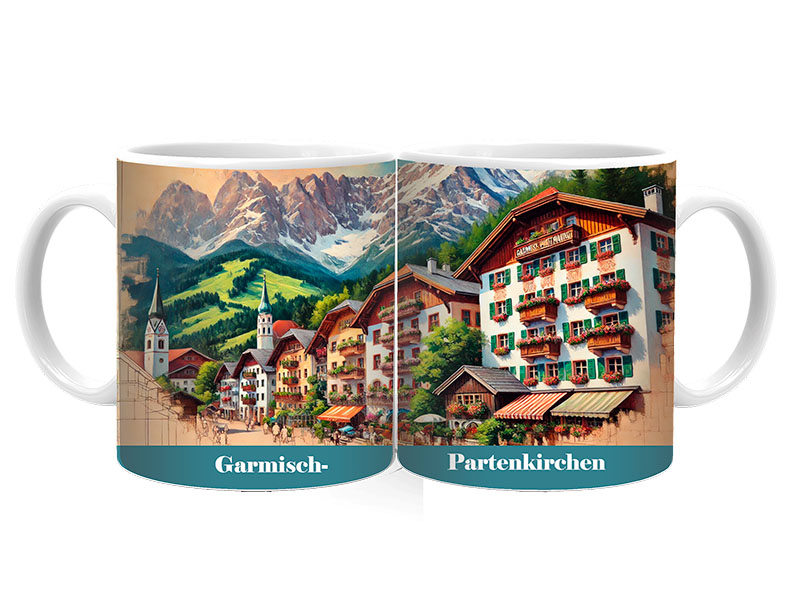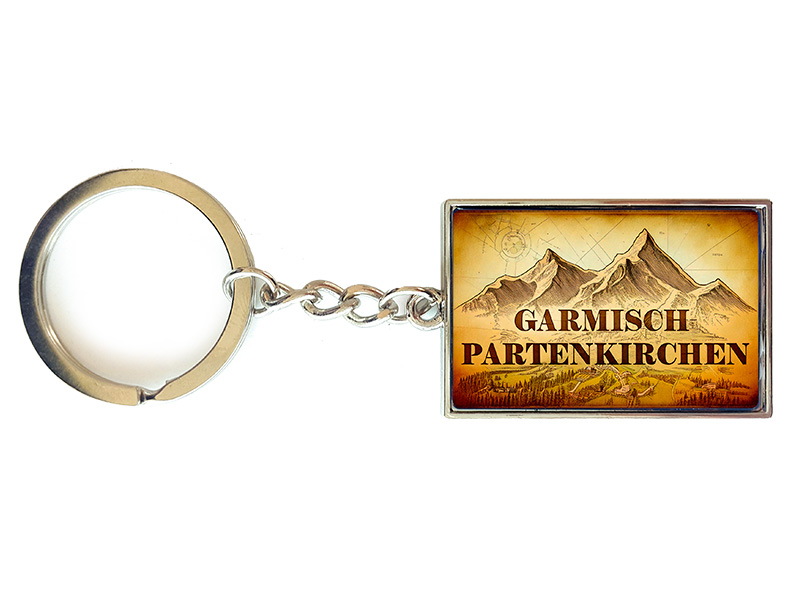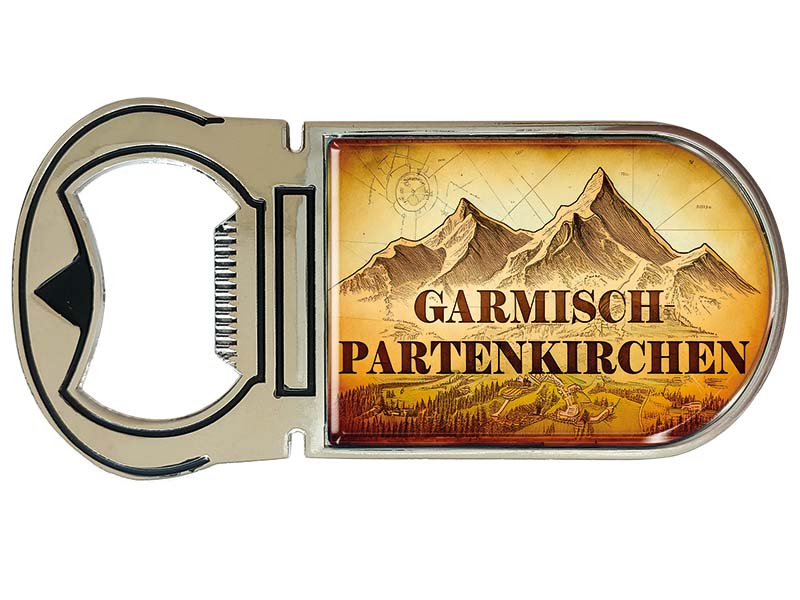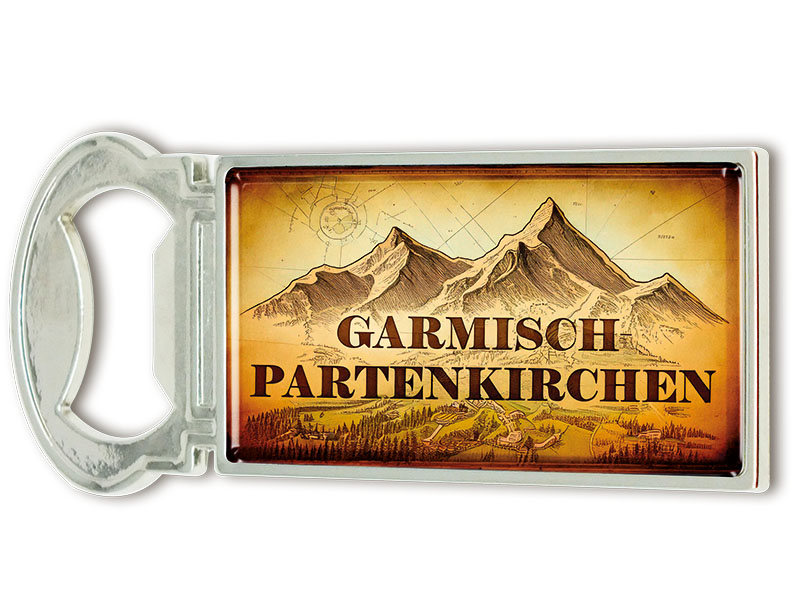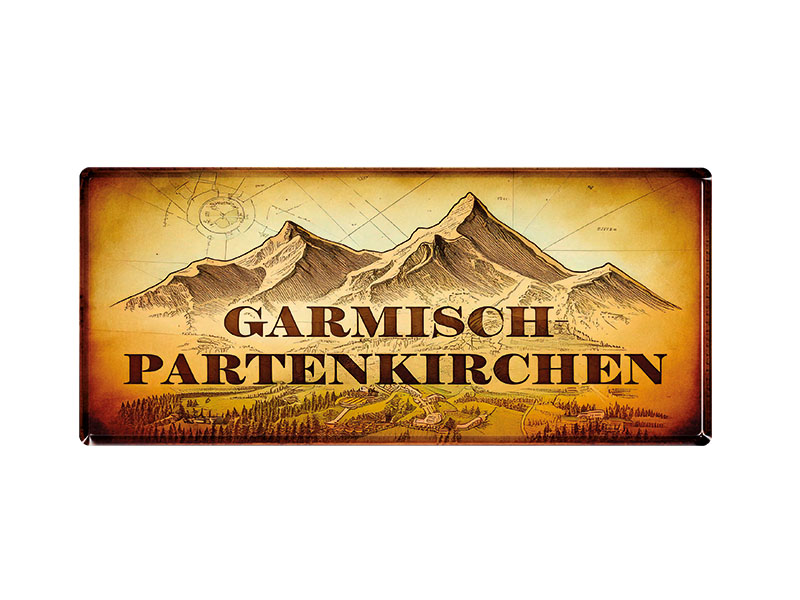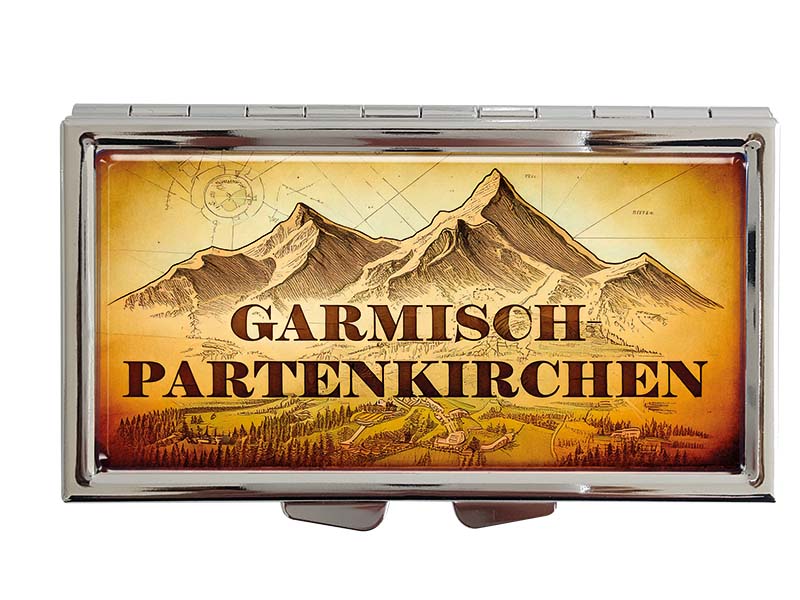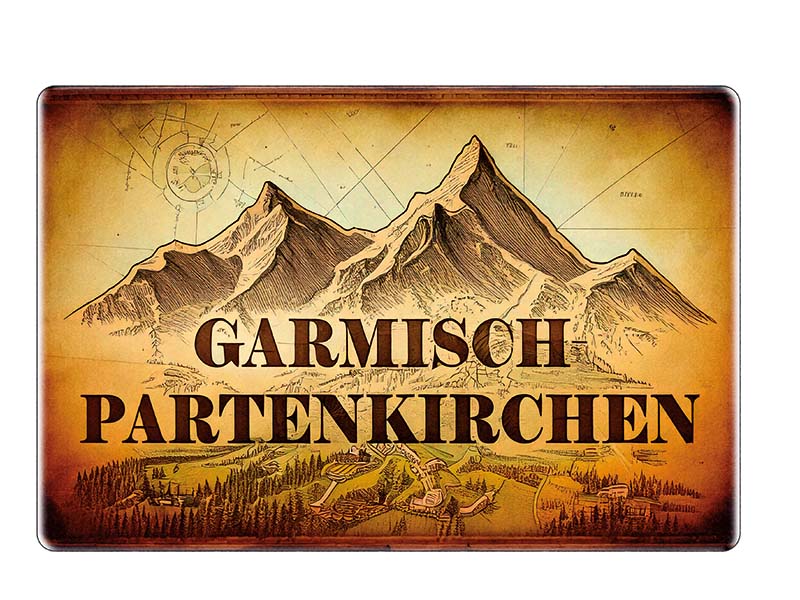- Vehicles
- Figures
- Witches
- Carnival
- Canvas
- Magnets
- Materials
- Maritime
- Hats
- New products
- Personalize
- Plush
- Dolls
- Collectible figures
- Keychain
- Special production
- %Special offers%
- Money boxes
-
Cities - Regions
- Bad Säckingen
- Bamberg
- Bayerischer Wald
- Berchtesgaden
- Berlin
- Bodensee
- Bremen
- Brocken
- Chiemsee
- Cochem
- Dinkelsbühl
- Dresden
- Eibsee
- Frankfurt
- Freiburg
- Gardasee
-
Garmisch-Partenkirchen
- Hamburg
- Harz
- Heidelberg
- Helgoland
- Insel Mainau
- Kleinwalsertal
- Koblenz
- Köln
- Königssee
- Leipzig
- Lübeck
- Mecklenburgische Seenplatte
- München
- Nürnberg
- Oberammergau
- Passau
- Potsdam
- Quedlinburg
- Regensburg
- Rothenburg
- Rügen
- Schwarzwald
- Stuttgart
- Sylt
- Titisee
- Traunsee
- Triberg
- Ulm
- Wernigerode
- Bags/Backpacks
- Textile
- Animal
- Subjects
More information? sign in.
More information? sign in.
More information? sign in.
More information? sign in.
More information? sign in.
More information? sign in.
More information? sign in.
More information? sign in.
More information? sign in.
More information? sign in.
More information? sign in.
More information? sign in.
More information? sign in.
More information? sign in.
More information? sign in.
More information? sign in.
More information? sign in.
More information? sign in.
More information? sign in.
More information? sign in.
More information? sign in.
Garmisch-Partenkirchen – A Scenic Alpine Town of Tradition, Nature, and Sport
Garmisch-Partenkirchen is one of the most famous towns in southern Germany, renowned for its breathtaking alpine scenery, rich history, and world-class winter sports facilities. Nestled at the foot of the Zugspitze, Germany’s highest mountain, this picturesque town combines historic charm with modern tourism. It attracts millions of visitors each year who are drawn to its unique atmosphere, cultural heritage, and stunning natural surroundings.
History and Origins
The roots of Garmisch-Partenkirchen reach deep into antiquity. Originally, Garmisch and Partenkirchen were two separate towns with distinct histories. Partenkirchen dates back to Roman times and was established around 15 BC as "Partanum," a station along the Via Claudia Augusta, a vital trade route connecting northern Italy with southern Germany. Garmisch, on the other hand, was first mentioned in historical documents in the 9th century and developed from alpine farming settlements.
The two towns were forcibly united in 1935 by order of Adolf Hitler to host the 1936 Winter Olympic Games. Although administratively one town since then, both Garmisch and Partenkirchen maintain their own identity, with separate town centers and distinct architectural styles.
Population and Development
Today, Garmisch-Partenkirchen is home to approximately 27,000 residents. The population has remained relatively stable over recent decades, with tourism being the dominant economic sector. Many locals work in hospitality, retail, and the health and wellness industries. The town is also home to a significant military presence with the German Army’s mountain troops school (Gebirgsjägerschule) located here.
The population is a mix of native Bavarians, people from other parts of Germany, and an international community attracted by the high quality of life and proximity to nature.
Geographic Location and Federal State
Garmisch-Partenkirchen lies in the southern part of Bavaria, near the Austrian border, approximately 90 kilometers southwest of Munich. It is located in the district of Garmisch-Partenkirchen and surrounded by the Bavarian Alps, including the Wetterstein and Karwendel mountain ranges.
The town sits at the base of the Zugspitze, Germany’s tallest mountain at 2,962 meters (9,718 feet). Other geographical highlights include the Eibsee (a beautiful alpine lake), the Partnach Gorge, and lush valleys that offer scenic trails for hiking, biking, and skiing.
Main Attractions and Sights
Garmisch-Partenkirchen is rich in natural and cultural attractions that make it a top destination all year round:
-
Zugspitze: Visitors can ascend the mountain via cable car or cogwheel train to enjoy panoramic views of more than 400 alpine peaks across Germany, Austria, Switzerland, and Italy.
-
Partnach Gorge (Partnachklamm): A dramatic gorge carved by glacial meltwater, known for its waterfalls, tunnels, and walkways carved into the rock.
-
Ludwigstraße in Partenkirchen: This charming street is lined with traditional buildings decorated with Lüftlmalerei (alpine frescoes), housing cozy inns and artisan shops.
-
Olympic Ski Stadium: Built for the 1936 Winter Games, it remains a center for international ski jumping and other winter sports.
-
Michael Ende Kurpark: Named after the beloved author of The NeverEnding Story, this tranquil park is ideal for relaxation and reflection.
-
Werdenfels Museum: Located in a historic building, this museum showcases the culture, history, and traditions of the Werdenfels region.
Tourism and Visitor Numbers
Tourism is the lifeblood of Garmisch-Partenkirchen. Every year, the town welcomes approximately 2.5 to 3 million visitors, many of whom stay in one of the over 12,000 guest beds available, from luxury hotels and spa resorts to alpine huts and family-run pensions.
Unlike other seasonal destinations, tourism in Garmisch-Partenkirchen is active year-round. In winter, the town is a mecca for skiing, snowboarding, and ice climbing. In summer, it transforms into a paradise for hiking, mountain biking, paragliding, and sightseeing. The town also has a strong tradition of health tourism, with numerous clinics and spas offering treatments in the clean mountain air.
Major annual events include:
-
The Four Hills Ski Jumping Tournament (Neujahrsskispringen),
-
The Richard Strauss Festival, honoring the town’s most famous composer,
-
Traditional alpine festivals like the Almabtrieb (cattle drive), and
-
Regular folklore events showcasing Bavarian music and costumes.
Famous People from Garmisch-Partenkirchen
The town has produced or hosted several prominent individuals across various fields:
-
Richard Strauss (1864–1949): The famous composer of operas like Der Rosenkavalier lived in Garmisch for many years. His villa still stands today, and a museum is dedicated to his legacy.
-
Michael Ende (1929–1995): The author of The NeverEnding Story and Momo grew up here and is remembered through a park and local exhibitions.
-
Maria Höfl-Riesch (born 1984): A three-time Olympic champion in alpine skiing, she is one of Germany’s most successful winter athletes and a native of Garmisch.
-
Martina Ertl (born 1973): Another successful ski racer from the region.
Garmisch-Partenkirchen also attracts celebrities, artists, and athletes who seek privacy and beauty in the Alpine setting.
Traditional Food and Beverages
The culinary scene in Garmisch-Partenkirchen is dominated by hearty Bavarian cuisine. Local restaurants and mountain huts serve a range of traditional dishes made from fresh, regional ingredients:
-
Weißwurst: A white sausage made from veal and pork, traditionally eaten with sweet mustard and pretzels before noon.
-
Schweinshaxe (roasted pork knuckle): Served with dumplings and dark beer gravy – a favorite among meat lovers.
-
Käsespätzle: Homemade egg noodles with melted cheese and crispy onions – a comforting vegetarian option.
-
Obatzda: A flavorful cheese spread made with Camembert, butter, and spices, typically eaten with rye bread or pretzels.
-
Kaiserschmarrn: A fluffy shredded pancake sprinkled with powdered sugar and served with applesauce or plum compote.
Popular beverages include:
-
Regional beers, such as those from the nearby Mittenwald or local Garmischer breweries.
-
Herbal liqueurs and schnapps, made from mountain herbs, berries, and fruits.
-
Almdudler, a sweet herbal soft drink popular in the Alpine region.
Typical Souvenirs
Visitors to Garmisch-Partenkirchen often take home a piece of Bavaria. Some of the most popular souvenirs include:
-
Traditional clothing: Lederhosen, dirndls, and accessories such as alpine hats and embroidered suspenders.
-
Woodcarvings: Handcrafted figures, nativity scenes, and religious icons made from local wood.
-
Alpine salt and herbal products: Bath salts, soaps, and teas made with regional herbs and minerals.
-
Ceramic beer steins: Decorated with town landmarks, traditional patterns, or family crests.
-
Books and photo albums: Featuring stunning photography of the Zugspitze, the gorge, and the town’s seasonal beauty.
Conclusion
Garmisch-Partenkirchen is much more than just a winter sports resort – it is a destination where history, culture, and nature come together in a unique way. With its spectacular alpine setting, deep-rooted traditions, and vibrant tourism industry, the town offers something for every type of traveler.
Whether you are looking to ski down world-class slopes, hike through untouched alpine meadows, immerse yourself in Bavarian culture, or simply relax and breathe in the fresh mountain air, Garmisch-Partenkirchen delivers an unforgettable experience. This gem of the Bavarian Alps continues to enchant visitors from around the globe and stands as a proud representative of German alpine life.

